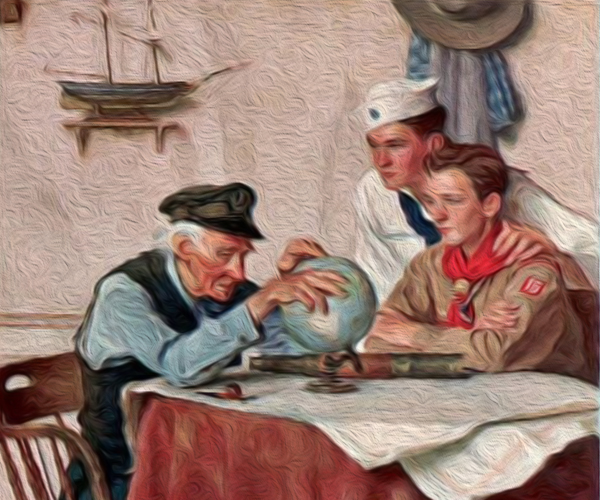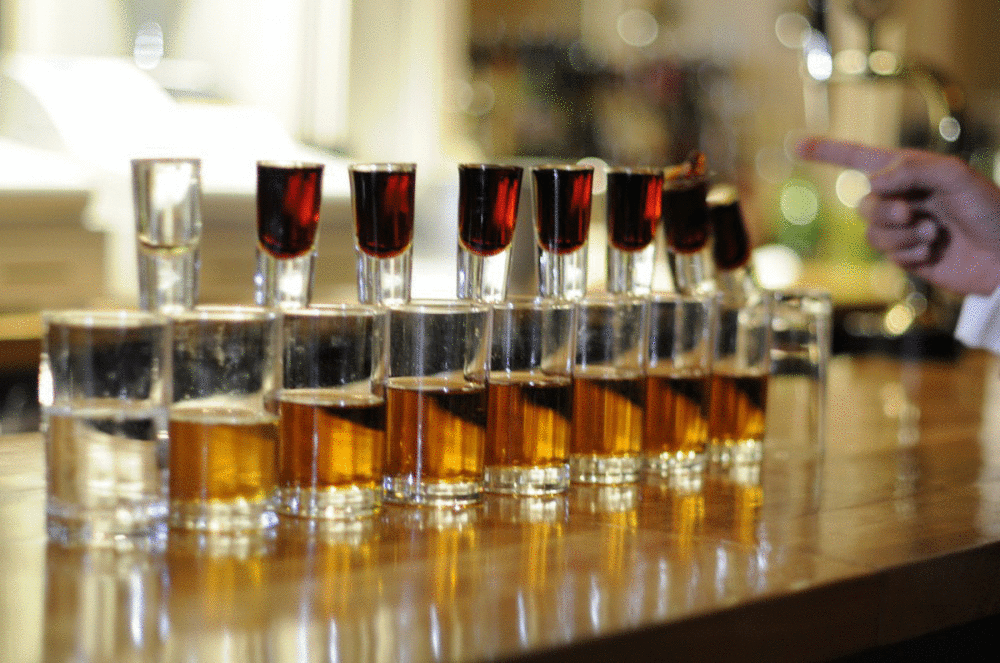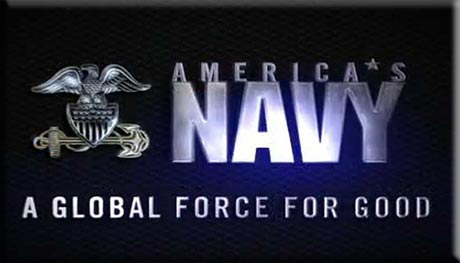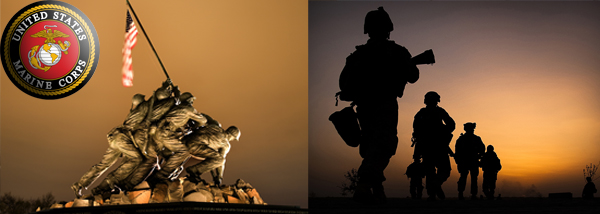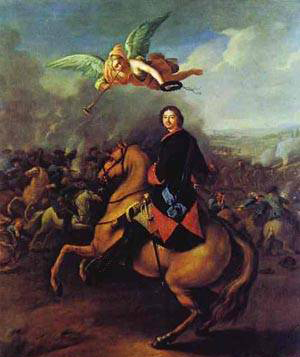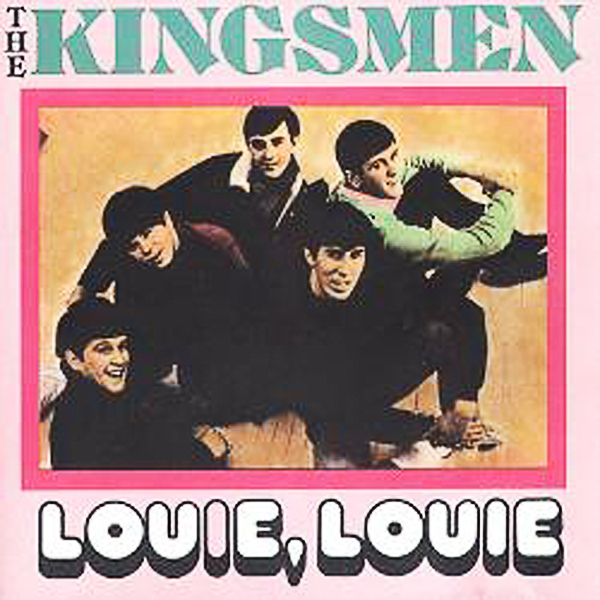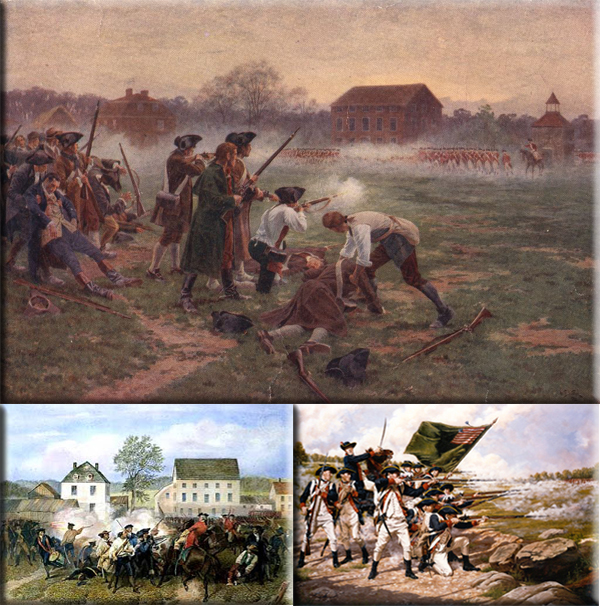
Patriots gain control of Virginia on December 9, 1775
Patriots gain control of Virginia: The Virginia and North Carolina militias defeat 800 slaves and 200 redcoats serving John Murray, earl of Dunmore and governor of Virginia, at Great Bridge outside Norfolk, ending British royal control of Virginia. The Tory survivors retreated first to Norfolk then to Dunmore's ship, the Otter, where the majority died of smallpox.
Governor Dunmore had removed to the Tory stronghold of Norfolk after Patriots drove him from the capitol, Williamsburg, in June 1775. On November 7, 1775, he offered emancipation to any slave of a Patriot master willing to join his forces. By November 30, Dunmore's ranks had swelled and he was convinced of his ability to regain control of the colony. George Washington feared Dunmore was correct and wrote to the Continental Congress from New England, warning them that they needed to see to it that Dunmore was instantly crushed. When Dunmore's forces won a resounding victory at Kemp's Landing, it looked like Dunmore's troops, dubbed the Ethiopian Regiment, would ensure continued British rule in Virginia, despite a backlash against him among slaveholders on both sides of the conflict who were angry over the precedent Dunmore's move might be setting.
Dunmore was determined to defend Great Bridge, building a stockade, dismantling the main bridge and defending the smaller bridges with cannon. Having taken these precautions, Dunmore then squandered his efforts by underestimating the strength of the Patriot militias. His decision to offer emancipation had incited at least 150 men from across the Carolinas to march north to help drive Dunmore from the state. By contrast, the overconfident Dunmore sent only a few sailors and sixty townsmen from Norfolk to meet them. They got within 15 feet of the Patriots before being shot dead. Within thirty minutes, 150 Loyalists fell. There was only one Patriot fatality. Three hundred of the 800 Black Loyalists survived their enlistment in the Ethiopian Regiment only to confront smallpox on the Otter.
History Channel / Wikipedia / The American Revolution.org / Digital History / U.S. History.org
Paintings: American Revolution, Patriots gain control of Virginia, Battle of Long Island
Washington Crossing the Delaware, by Emanuel Leutz; Battle of the Chesapeake, French (left) and British (right) lines; Battle of Bunker Hill, The Death of General Warren at the Battle of Bunker Hill by John Trumbull; The Defeat of the Floating Batteries at Gibraltar, September 13, 1782, by John Singleton Copley; Washington and the Comte de Rochambeau at Yorktown, 1781; "The surrender at Saratoga" shows General Daniel Morgan in front of a French de Vallière 4-pounder; Surrender of Cornwallis at Yorktown by (John Trumbull, 1797).
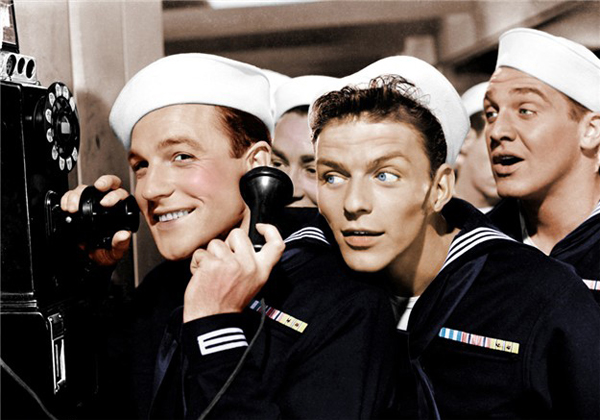
The Old Salt’s Corner
Anchors Aweigh
The word “weigh” in this sense comes from the archaic word meaning to heave, hoist or raise. “Aweigh” means that that action has been completed. The anchor is aweigh when it is pulled from the bottom. This event is duly noted in the ship's log.
Lieut. Charles A. Zimmermann, USN, a graduate of the Peabody Conservatory in Baltimore, had been selected as the bandmaster of the Naval Academy Band in 1887 at the age of 26. His father, Charles Z. Zimmermann, had played in the band during the Civil War years. Early in his career, Lieut. Zimmermann started the practice of composing a march for each graduating class. By 1892, “Zimmy”, as he was affectionately known by the midshipmen, became so popular that he was presented with a gold medal by that year's class. More gold medals followed as Zimmermann wrote a march for each succeeding class.
In 1906, Lieut. Zimmerman was approached by Midshipman First Class Alfred Hart Miles with a request for a new march. As a member of the Class of 1907, Miles and his classmates “were eager to have a piece of music that would be inspiring, one with a swing to it so it could be used as a football marching song, and one that would live forever.”
Supposedly, with the two men seated at the Naval Academy Chapel organ, Zimmermann composed the tune and Miles set the title and wrote to two first stanzas in November 1906. This march was played by the band and sung by the brigade at the 1906 Army-Navy football game later that month, and for the first time in several seasons, Navy won. This march, Anchors Aweigh, was subsequently dedicated to the Academy Class of 1907 and adopted as the official song of the U.S. Navy. The concluding stanza was written by Midshipman Royal Lovell, Class of 1926.
Anchors Aweigh - Original Lyrics 
Stand Navy down the field, sails set to the sky.
We'll never change our course, so Army you steer shy-y-y-y.
Roll up the score, Navy, Anchors Aweigh.
Sail Navy down the field and sink the Army, sink the Army Grey.
Get underway, Navy, Decks cleared for the fray,
We'll hoist true Navy Blue So Army down your Grey-y-y-y.
Full speed ahead, Navy; Army heave to,
Furl Black and Grey and Gold and hoist the Navy, hoist the Navy Blue.
Blue of the Seven Seas; Gold of God's great sun.
Let these our colors be Till all of time be done-n-n-ne,
By Severn shore we learn Navy's stern call:
Faith, courage, service true With honor over, honor over all.
Revised Lyrics by George D. Lottman (It is Verse 2 that is most widely sung.)
Stand, Navy, out to sea, Fight our battle cry;
We'll never change our course, So vicious foe steer shy-y-y-y.
Roll out the TNT, Anchors Aweigh. Sail on to victory,
And sink their bones to Davy Jones, hooray!
Anchors Aweigh, my boys, Anchors Aweigh.
Farewell to college joys, we sail at break of day-ay-ay-ay.
Through our last night on shore, drink to the foam,
Until we meet once more. Here's wishing you a happy voyage home.
In the 1916 Lucky Bag, the Academy yearbook, the class prepared a surprise for Lieut. Zimmermann. On page one was an impressive photo of the bandmaster in his full dress uniform, and on the next, a moving tribute to his devotion to the Naval Academy. Unfortunately, Lieut. Zimmermann did not live to enjoy this tribute. He became ill and died suddenly on Sunday morning, Jan. 16, 1916, of a brain hemorrhage. He was 54 years old. He was given a full military funeral, with midshipmen serving as pallbearers, and classes were suspended so the entire regiment could attend when he was buried in St. Mary's Cemetery on Jan. 19, 1916. Later, his body was moved to the Naval Academy cemetery where a granite monument, a gift from the classes of 1916 and 1917 was erected, as says the inscription on the base, “by his Midshipmen Friends.”
Alfred H. Miles, the lyricist, continued his Navy career and retired as a Captain.
Revised Lyrics by MCPON John Hagen (This was done to, "Promote new respect for the Navy's official song." The first and second verses remain unchanged from the revised lyrics by Geo. Lottman. The third verse has a minor change. Here is the complete song as written by MCPON Hagen.)
Stand Navy out to sea, fight our battle cry;
We'll never change our course, so vicious foe steer shy-y-y-y.
Roll out the TNT, Anchors aweigh! Sail on to victory,
And sink their bones to Davy Jones, hooray!
Anchors aweigh, my boys, anchors aweigh.
Farwell to foreign shores, we sail at break of day-ay-ay-ay.
Through our last night ashore, drink to the foam,
Until we meet once more. Her's wishing you a happy voyage home.
Blue of the mighty deep, gold of God's great son.
Let these our colors be till all of time done, done, done, done.
On the seven seas we learn Navy's stern call:
Faith, courage, service true, with honor, over honor, over all.
Image: Anchors Aweigh (film), a 1945 American Technicolor musical comedy film directed by George Sidney and starring Frank Sinatra, Kathryn Grayson, and Gene Kelly, in which two sailors go on a four-day shore.


